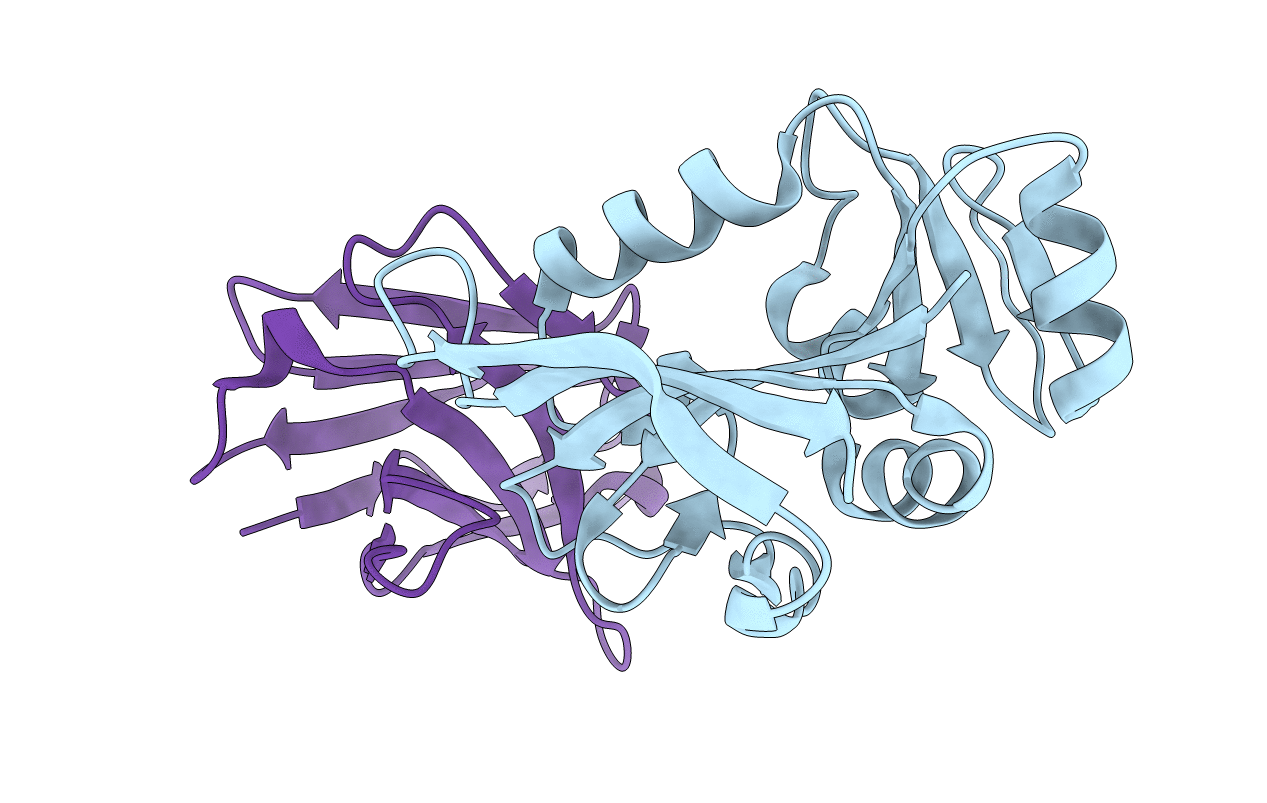
Deposition Date
2009-10-12
Release Date
2010-10-20
Last Version Date
2024-11-06
Entry Detail
PDB ID:
3K74
Keywords:
Title:
Disruption of protein dynamics by an allosteric effector antibody
Biological Source:
Source Organism:
Escherichia coli K-12 (Taxon ID: 83333)
Lama glama (Taxon ID: 9844)
Lama glama (Taxon ID: 9844)
Host Organism:
Method Details:
Experimental Method:
Resolution:
1.95 Å
R-Value Free:
0.24
R-Value Work:
0.19
R-Value Observed:
0.19
Space Group:
P 21 21 21


